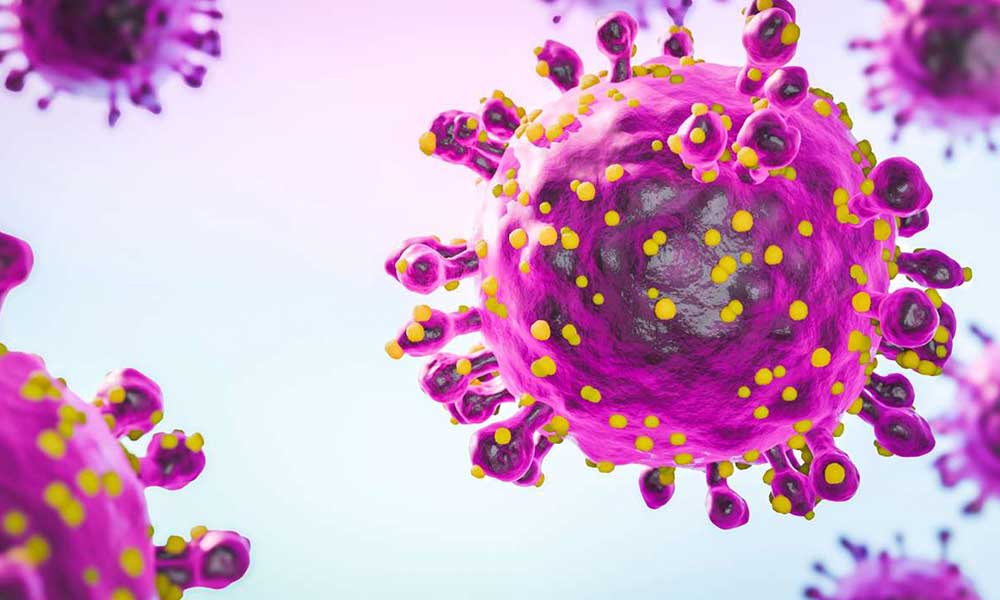Emergence of Oropouche Virus (OROV) in Europe: Why Molecular Diagnosis Matters
The Oropouche virus (OROV), an emerging arbovirus transmitted by midges and mosquitoes, has been a major public health concern in Latin America for years. In 2024 alone, more than 10,000 confirmed cases of Oropouche fever were reported in countries such as Brazil, Peru, Cuba, Bolivia and Colombia.
Now, OROV has reached Europe, with the first imported cases detected in Italy, Spain and Germany, mostly linked to travelers returning from Cuba. This new scenario highlights the urgent need for clinical awareness and laboratory preparedness in non-endemic regions.
Clinical Features of Oropouche Fever
- Incubation period: 3–8 days.
- Symptoms: sudden fever, severe headache, muscle and joint pain, extreme fatigue, photophobia, nausea, vomiting, dizziness, and lower back pain.
- Course of illness: fever typically resolves in 5 days, but up to 60% of patients may experience symptom relapse in the following weeks.
- Complications: in some cases, aseptic meningitis may develop, prolonging recovery.
While most cases are self-limiting, severe outcomes have been reported, including fatal cases and vertical transmission leading to fetal malformations.
OROV Cases in Non-Endemic Areas
Since May 2024, Europe has reported 19 imported Oropouche cases (12 in Spain, 5 in Italy, 2 in Germany). In the United States, 21 imported cases have also been confirmed. Almost all patients had recently traveled to Cuba.
Although case numbers outside endemic regions remain low, the expansion of OROV across the Americas suggests a growing risk of importation worldwide
Diagnosis: The Role of RT-PCR
Clinical presentation of OROV often overlaps with dengue-like syndromes, which makes laboratory testing crucial for accurate diagnosis.
RT-PCR is the gold standard for confirming OROV infection. Molecular testing enables:
- Specific and early detection.
- Differentiation from other arboviruses such as dengue, Zika, and chikungunya.
- Monitoring of viral shedding in clinical samples.
Vircell’s Solution: OROPOUCHE-MAYARO REALTIME PCR KIT (RTPCR032-LP-R)
At Vircell, we are committed to supporting laboratories with reliable molecular tools to detect emerging pathogens. Our OROPOUCHE-MAYARO REALTIME PCR KIT is designed for sensitive and multiplex detection:
- 3 PCR targets in a single reaction well – efficient multiplexing.
- 24-test kit format – 3 individual strips of 8 wells.
- MS2 bacteriophage RNA internal control – ensures sample integrity, detects inhibitors, and validates PCR setup.
- Lyophilized master mix and positive control – stability at room temperature and reduced transport costs.
This comprehensive solution provides laboratories with the confidence to detect Oropouche virus and Mayaro virus in a single workflow.
Source
Peiró-Mestres A, Riera E, Flores Calderón C, Navero-Castillejos J, Martinez MJ, Camprubí-Ferrer D. Emergence of Oropouche virus among international travelers: a growing concern in non-endemic areas. Enferm Infecc Microbiol Clin. 2024 Nov.

